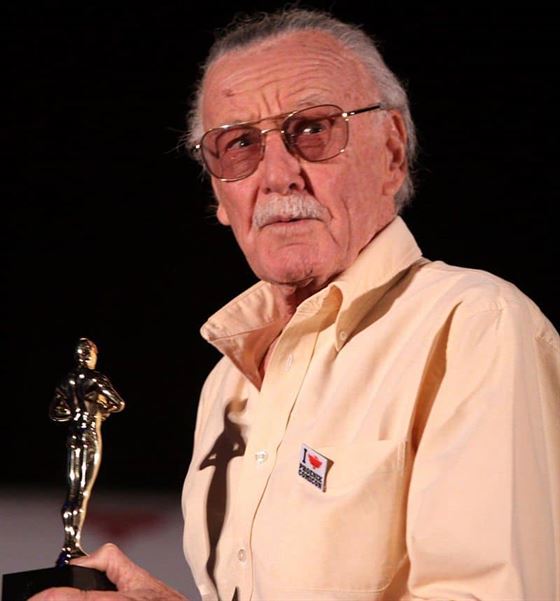Stan Lee, famous Marvel Comics writer, editor, publisher and figurehead, recently passed away on Nov. 12. Beloved for his outspoken communication with fans, his frequent cameo appearances in Marvel television shows and films, and his hyperactive imagination, Lee was a staple of American pop culture.
Stan Lee rose to prominence in the 1950s, when he led a wave of exciting new characters being created within the pages of Marvel’s comics. His preference was writing flawed, human characters contrasted with the typical concept of superheroes.
This led to the creation of beloved characters such as Iron Man, the Hulk, the X-Men and most famously Spider-Man, who is widely regarded as Lee’s most famous creation and the one whom he held most dear.
Within the pages of Marvel Comics, Lee loved to interact with his fans through his monthly column, “Stan’s Soapbox.” In these columns, Lee would inform readers about upcoming stories, answer fan questions or concerns and often speak out against injustice.
The intimate way in which he communicated with fans, such as giving himself and fellow Marvel workers nicknames, using a heavy amount of alliteration and coining catchphrases like “Excelsior!” and “’Nuff Said,” is attributed with greatly increasing the popularity of Marvel’s brand.
The loss of Lee was mourned worldwide, with artists, writers and actors offering their tributes, with street murals quickly popping up in Los Angeles and London.
Marvel Comics’ longtime rival, DC Comics, offered their acknowledgements via Twitter, posting, “He changed the way we look at heroes, and modern comics will always bear his indelible mark. His infectious enthusiasm reminded us why we all fell in love with these stories in the first place. Excelsior, Stan.”
Many Montclair State University students were saddened by the news of Lee’s passing, many of whom have been inspired by Lee’s work within the fields of writing, illustration and communication.
Brian Hernandez, a sophomore animation illustration major, talked about the passion Lee had in his work.
“It’s amazing to be able to see someone devote their entire life to one thing,” Hernandez said. “It genuinely convinces me that working toward your passion can make you the happiest you can be.”
Artists around the world have been inspired by the work done by Lee and his partners at Marvel Comics, and Lee always held the belief that the unlikeliest of people could become heroes. His catchphrase, “Excelsior,” exemplified this idea, being a Latin phrase meaning “ever upward.”
While he had retired from Marvel Comics in the ’90s, Stan Lee remained the face of the company up until his death. He made frequent cameo appearances in Marvel films and television shows, his first appearance being in 1989’s “Trial of the Incredible Hulk,” based on the character who he personally created.
His most recent appearance was in Sony’s “Venom,” which was released just a month before his death.
Sophomore communication studies major and staff writer of The Montclarion Sharif Hasan talked about Lee and his absence from future Marvel films.
“Stan Lee was someone who helped create an entire comic book universe of amazing characters,” Hasan said. “Marvel has always been a part of my life ever since I was young, and it’s great to see Stan’s world constantly expanding. The Marvel movies just won’t be the same without his cameos.”
Lee was often regarded as a major proponent of representation within the comics industry. Within the pages of “Fantastic Four,” Lee and partner Jack Kirby created the character of Black Panther in 1966, who is considered the first black superhero. In 1969 Lee went on to create the Falcon, together with artist Gene Colan, the industry’s first African-American superhero.
“At the time it probably would’ve been much easier to just ignore those issues,” said senior English major Wendy Faria. “Speaking out against bigotry could’ve been very harmful for him and his company, but I guess he felt it was something he really had to do.”
In a video message released two days after his death, Lee says, “I love my fans. I cannot tell you how much I love my fans. Sometimes at night, I am sitting here thinking, ‘What’s it all about?’ And then I get a letter from a fan or I read something or I see something or I remember something. And I realize, it’s so lucky to have fans, fans who really care about you.”
With his passing, Lee leaves behind a massive legacy. The characters he created will continue to thrive within the pages of comics, on the big screen and in the minds of the fans who he cared about so deeply.



